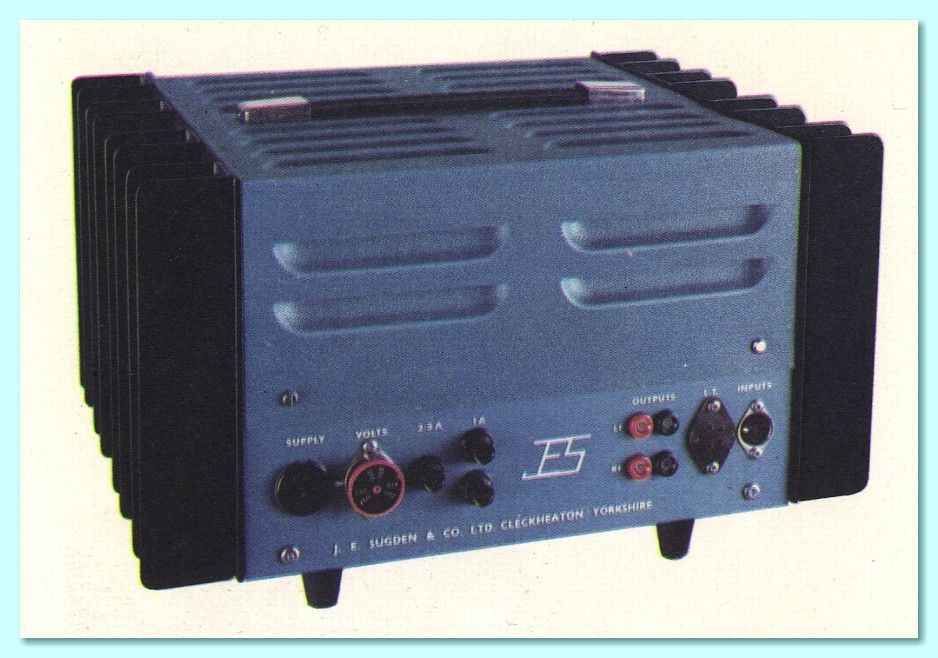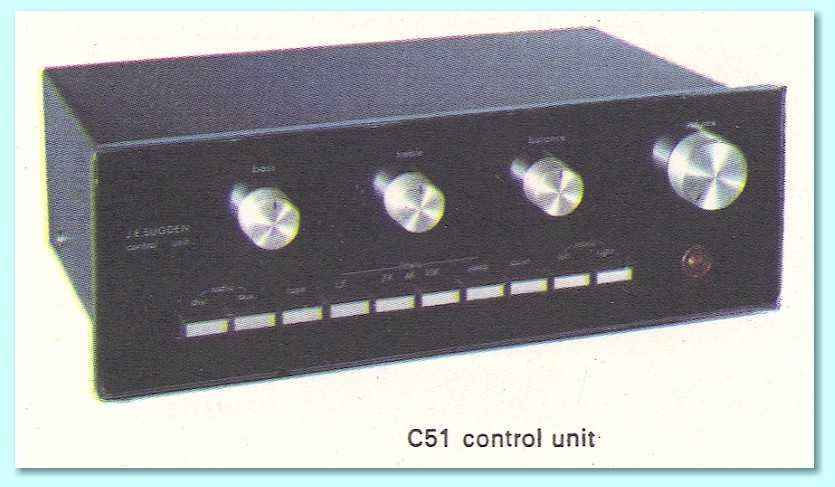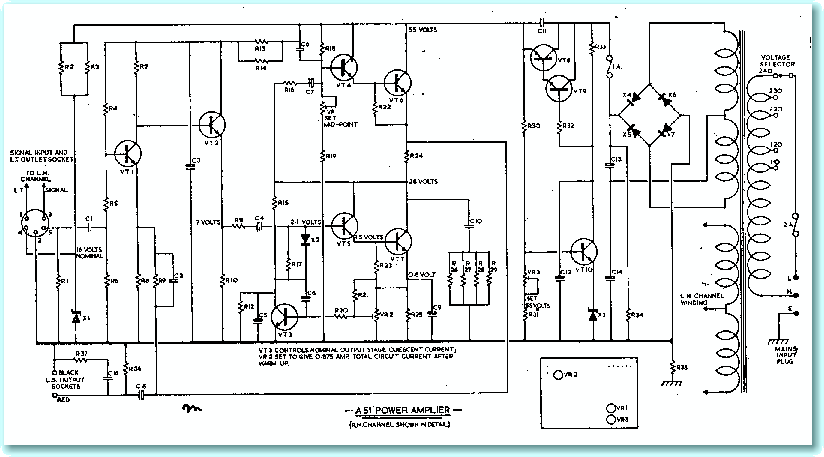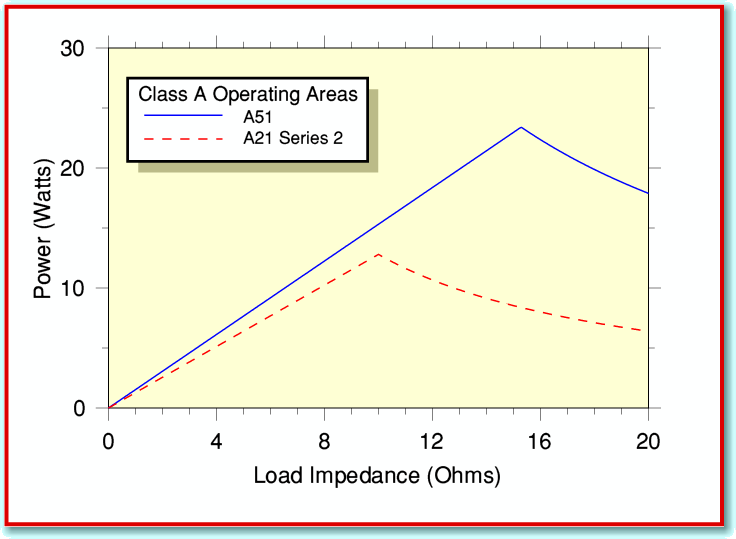| Rated output
|
600mV
|
Max output
|
1·5V
|
| Disc (Magnetic Cartridge) input
|
2·5mV into 68k
|
Special input*
|
0·25 mV
|
| Radio / Tape / Aux inputs
|
150mV into 250k
|
Tape output
|
150mV
|
| Overload on Disc input
|
25dB
|
Disc SNR (30 phon weighting)
|
> 75dB
|
| Frequency Response +/- 0·5dB
|
30Hz - 20kHz
|
SNR 150mV inputs (")
|
> 85dB
|
| Crosstalk 20 Hz - 10 kHz
|
typically 40dB
|
THD
|
< 0·1%
|
| Bass Control range (at 40Hz)
|
+/- 14dB
|
Treble Control range(at 10 kHz)
|
+/- 15dB
|
| HF Filter out/4kHz/7kHz/10kHz
|
12dB/oct
|
Quiet attenuation at 1 Khz
|
16dB
|
| HF Filter slope Gradual/Steep
|
6dB or 12dB/oct
|
Rumble Filter cut < 30 Hz
|
12dB/oct
|
| Power (obtained from A51)
|
35mA at +16V
|
Size 280 x 95 x 170 mm
|
|





